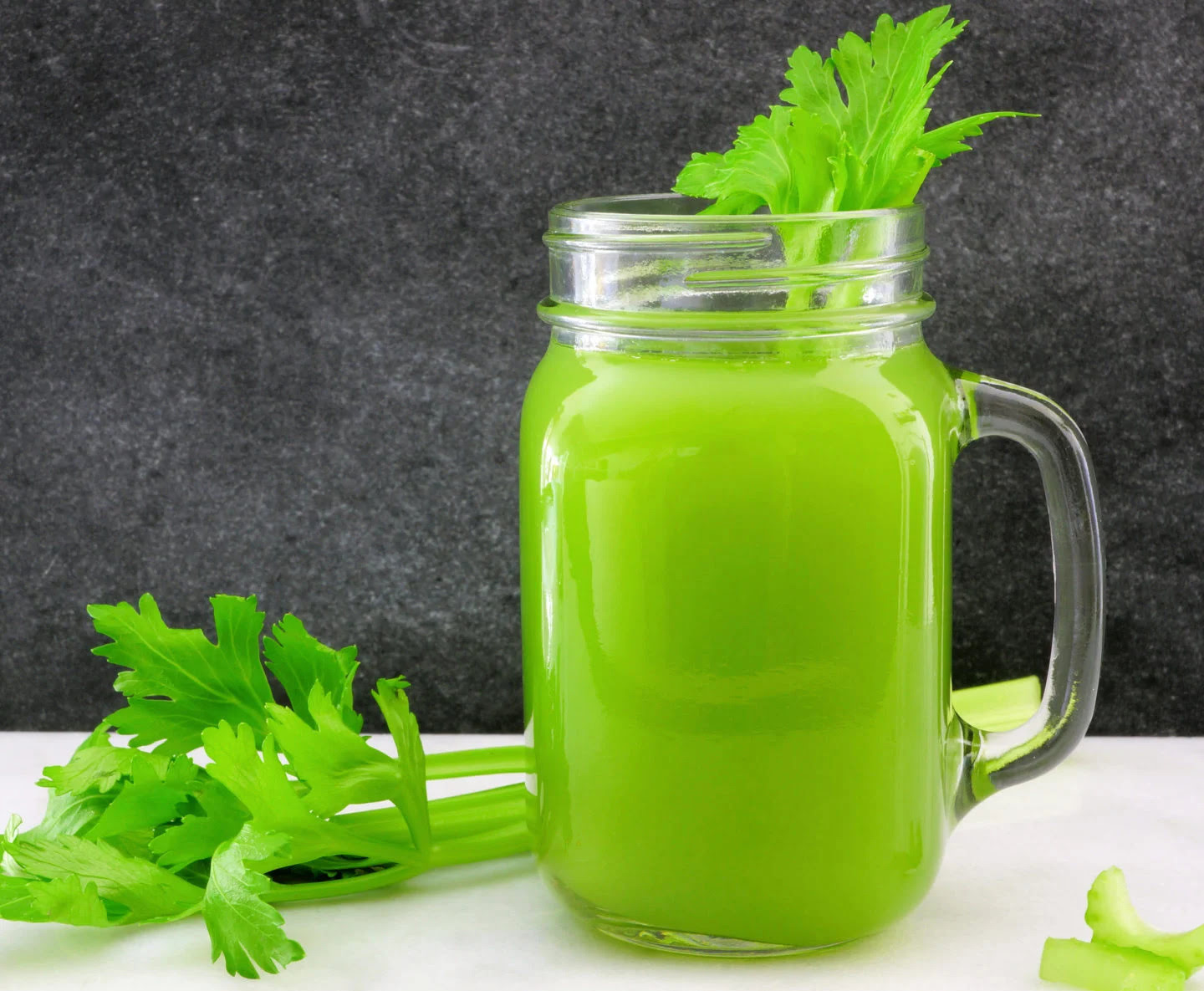

Articles
How To Store Celery Juice
Modified: February 23, 2024
Learn the best way to store celery juice with these helpful articles. Keep your juice fresh and full of nutrients for longer.
(Many of the links in this article redirect to a specific reviewed product. Your purchase of these products through affiliate links helps to generate commission for Storables.com, at no extra cost. Learn more)
Introduction
Welcome to the world of celery juice! It’s no secret that this vibrant green elixir has gained immense popularity in recent years, touted for its numerous health benefits. Whether you’re a seasoned celery juice enthusiast or just starting to explore its wonders, you may find yourself wondering how to store celery juice.
Storing celery juice properly is essential to maintain its freshness, nutrient content, and vibrant green color. In this article, we will guide you through various methods to store your celery juice effectively.
But first, let’s quickly highlight why you may want to store celery juice in the first place.
Key Takeaways:
- Store celery juice in airtight containers or ice cube trays for convenient access and preservation of its freshness, flavor, and nutrients, ensuring you can enjoy its benefits whenever you desire.
- Properly prepared and stored celery juice can provide convenience, minimize waste, and offer on-the-go nutrition, allowing you to incorporate this vibrant elixir into your daily routine with ease.
Read more: How To Make Celery Juice With A Blender
Why Store Celery Juice?
When it comes to celery juice, freshness is key. Drinking freshly made celery juice is undoubtedly the best way to maximize its health benefits. However, there are several reasons why you might want to store celery juice:
- Convenience: If you lead a busy lifestyle or have a hectic schedule, making celery juice every day might not be feasible. Storing celery juice allows you to have a readily available supply of this nutritious beverage whenever you need it.
- Preparation Efficiency: Preparing celery juice can be time-consuming, as you need to wash, chop, and juice a significant amount of celery stalks. By storing celery juice, you can make larger batches in one go, saving time and effort in the long run.
- Minimizing Waste: Celery juice has a short shelf life, and if you made more than you can consume in one sitting, storing it can help minimize waste and ensure that you get the most out of your celery.
- Travel and On-the-go: If you’re planning to travel or need to carry celery juice with you during the day, storing it in a portable container allows you to enjoy its benefits wherever you go.
Now that we’ve established the reasons behind storing celery juice, let’s explore the different methods you can use to store it effectively.
Preparing Celery Juice for Storage
Before diving into the various storage methods, it’s important to prepare your celery juice properly to maximize its shelf life and maintain its nutritional integrity. Follow these steps to ensure your celery juice is ready for storage:
- Choose Fresh Celery: Start with fresh, crisp celery stalks. Look for stalks that are firm, with vibrant green leaves and no signs of wilting or discoloration.
- Wash Thoroughly: Rinse the celery stalks under cold water to remove any dirt or debris. It’s essential to wash the celery thoroughly, especially if you are not peeling it before juicing.
- Trim and Cut: Trim off the leafy tops and the tough bottom ends of the celery stalks. Then, cut the stalks into smaller pieces to fit into your juicer easily.
- Juice the Celery: Use a quality juicer to extract the juice from the celery stalks. If you don’t have a juicer, a high-powered blender can also work. Strain the juice to remove any pulp or fiber, if desired.
- Consider Adding Lemon: For added freshness and to help preserve the vibrant green color, you can squeeze a small amount of fresh lemon juice into the celery juice. Lemon juice also provides a tangy flavor boost.
Once you have prepared your celery juice, it’s time to explore the different storage methods to ensure it stays fresh and nutritious for longer periods.
Options for Storing Celery Juice
When it comes to storing celery juice, there are several options to choose from. Each method has its own advantages and considerations. Let’s explore the most common methods for storing celery juice:
- Refrigerating Celery Juice: Refrigeration is perhaps the most convenient method for short-term storage. You can store celery juice in a sealed glass jar or an airtight container and keep it in the refrigerator for up to 24-48 hours. Remember to shake the container before consuming the juice as separation may occur.
- Freezing Celery Juice: Freezing celery juice allows you to extend its shelf life significantly. Pour the juice into ice cube trays or freezer-safe containers, leaving some room for expansion. Once frozen, transfer the celery juice cubes or containers to a freezer bag for easier storage. Frozen celery juice can last for up to 2-3 months. Thaw the desired amount of juice in the refrigerator overnight before consuming.
- Using Airtight Containers: Airtight containers, such as mason jars or vacuum-sealed containers, are a great option for storing celery juice. These containers help prevent oxidation and maintain the freshness of the juice. Fill the containers to the brim, leaving no extra space for air. This method is ideal for storing celery juice for up to 2-3 days in the refrigerator.
- Using Ice Cube Trays: Another convenient method is to pour the celery juice into ice cube trays. Once frozen, transfer the celery juice cubes to a freezer bag for easy storage. This method allows you to thaw and use smaller portions of celery juice as needed.
- Dehydrating Celery Juice: If you’re looking for a longer shelf life and more versatile storage option, dehydrating celery juice is worth considering. Dehydrated celery juice can be turned into powder, which can then be used in soups, stews, or sprinkled onto dishes for added flavor and nutrients. To dehydrate celery juice, pour the juice onto a dehydrator tray and follow the manufacturer’s instructions.
Now that you’re familiar with the different storage options for celery juice, let’s explore each method in more detail to ensure successful storage and maximum freshness in the next sections.
Method 1: Refrigerating Celery Juice
Refrigerating celery juice is one of the simplest and most straightforward methods of storing it. With this method, you can enjoy fresh celery juice for up to 48 hours. Here’s how to properly refrigerate your celery juice:
- Transfer to an Airtight Container: Pour the freshly made celery juice into a clean and airtight glass jar or container. Make sure the container is properly sealed to prevent any air from entering, which can lead to oxidation and loss of freshness and nutrients.
- Fill to the Brim: Fill the container as close to the top as possible, leaving minimal or no air space. This helps minimize exposure to air, reducing the chances of spoilage and maintaining the vibrant green color of the celery juice.
- Label and Date: It’s always a good practice to label the container with the date of preparation. This will help you keep track of the freshness and ensure that you consume the juice within the recommended time frame.
- Store in the Refrigerator: Place the sealed container of celery juice in the refrigerator. Make sure it is stored on a shelf where it won’t be disturbed or jostled, as this can affect the integrity of the juice and cause it to separate.
- Shake Before Consuming: When you’re ready to enjoy your celery juice, give the container a good shake to mix any separation that may have occurred during storage. This will evenly distribute the nutrients and enhance the taste.
Remember that the quality and freshness of celery juice may start to deteriorate after 48 hours. It is best to consume it within this time frame for maximum flavor and nutrients. If you notice any signs of spoilage, such as a foul odor or off taste, discard the celery juice immediately.
Refrigerating celery juice is an excellent method for short-term storage, allowing you to incorporate this healthy beverage into your daily routine with ease and convenience.
Read more: How To Store Celery
Method 2: Freezing Celery Juice
Freezing celery juice is a great option for extending its shelf life and ensuring that you always have a supply of fresh celery juice on hand. By properly freezing celery juice, you can preserve its nutrients and vibrant green color for an extended period. Here’s how to freeze celery juice:
- Allow Celery Juice to Cool: Before freezing celery juice, allow it to cool completely at room temperature. This step prevents condensation from forming inside the storage container, which can cause freezer burn.
- Choose Freezer-Safe Containers: Use freezer-safe containers or ice cube trays to freeze celery juice. Glass jars, plastic containers, or silicone ice cube trays work well for this purpose. Make sure the containers or trays are clean and free from any contaminants.
- Portion the Celery Juice: Decide on the portion size you prefer when thawing the juice. Pour the celery juice into the containers, leaving some headspace to account for expansion during freezing. If using ice cube trays, fill each compartment with celery juice.
- Seal and Label: Seal the containers tightly or cover the ice cube trays with plastic wrap or freezer bags. Label each container with the date of freezing for easy reference.
- Freeze the Celery Juice: Place the sealed containers or ice cube trays in the freezer. Ensure they are kept upright and positioned where they won’t be disturbed. Lay the ice cube trays flat to prevent spillage during freezing.
- Thawing and Using Frozen Celery Juice: When you’re ready to enjoy celery juice, remove the desired amount of celery juice cubes or container(s) from the freezer. Thaw the juice in the refrigerator overnight or defrost it gently in a microwave on a low setting. Stir or shake the thawed juice well before consuming.
Frozen celery juice can be stored for approximately 2-3 months without significant loss of flavor and nutrients. However, it’s generally best to consume the juice as soon as possible to retain its optimal quality.
Freezing celery juice provides you with the convenience of having a supply of celery juice whenever you need it, while ensuring that it maintains its nutritional value and freshness.
Store celery juice in an airtight glass container in the refrigerator to maintain its freshness and nutrients. It’s best to consume it within 24-48 hours for the most benefits.
Method 3: Using Airtight Containers
Using airtight containers is an effective method for storing celery juice, keeping it fresh and preserving its nutrients. Airtight containers help prevent oxidation and the growth of bacteria, ensuring that your celery juice stays in optimal condition. Here’s how to store celery juice using airtight containers:
- Pour Celery Juice into Airtight Containers: Transfer the freshly made celery juice into clean, airtight glass jars or containers. Make sure the containers have a tight-fitting lid or seal to prevent air from entering.
- Fill Containers Completely: Fill the containers to their maximum capacity, leaving little to no room for air. This minimizes exposure to oxygen and helps preserve the freshness and vibrant color of the celery juice.
- Seal the Containers Well: Ensure that the lids or seals are securely fastened to create an airtight seal. This will prevent air from getting in and impacting the quality of the celery juice.
- Label and Date the Containers: It’s important to label the containers with the date of preparation. This allows you to keep track of the freshness and consume the celery juice within a recommended time frame.
- Refrigerate the Airtight Containers: Place the sealed containers of celery juice in the refrigerator. Store them on a stable shelf where they won’t be disturbed or tipped over, helping to maintain the integrity of the juice.
- Shake and Stir Before Consumption: Prior to consuming the celery juice, give the container a good shake to mix any separation that may occur during storage. If any settling or separation has occurred, stir the juice gently to ensure even distribution of nutrients.
When stored in airtight containers in the refrigerator, celery juice can typically retain its freshness and quality for up to 2-3 days. However, it’s always best to consume the juice as soon as possible to enjoy its maximum flavor and nutritional benefits.
Using airtight containers is a simple and effective way to store celery juice, ensuring that it stays fresh, vibrant, and full of health-promoting properties.
Method 4: Using Ice Cube Trays
Using ice cube trays is a convenient and practical method for storing celery juice in smaller portions. This method allows you to easily thaw and use the desired amount of celery juice whenever needed. Here’s how to store celery juice using ice cube trays:
- Pour Celery Juice into Ice Cube Trays: Pour the freshly made celery juice into clean ice cube trays. Fill each compartment of the tray with the juice, leaving a small space at the top to account for expansion during freezing.
- Tap and Remove Air Bubbles: Gently tap the ice cube trays on a flat surface to release any air bubbles that may be trapped in the juice. This ensures that the cubes freeze evenly and without any air pockets.
- Cover the Ice Cube Trays: Cover the ice cube trays with plastic wrap or place them inside a freezer bag to protect the celery juice cubes from freezer burn and to prevent absorption of unwanted odors from the freezer.
- Freeze the Celery Juice Cubes: Place the ice cube trays in the freezer, making sure they are placed on a level surface to prevent spills or tilting. Allow the celery juice to freeze completely, which usually takes about 4-6 hours.
- Transfer Cubes to Freezer Bags: Once the celery juice cubes are frozen, remove them from the trays and transfer them to labeled freezer bags. This step allows you to free up the ice cube trays for other uses and makes it easier to access and use the celery juice cubes.
- Thaw and Use as Needed: When you’re ready to enjoy celery juice, remove the desired number of celery juice cubes from the freezer bag. Thaw them in the refrigerator overnight or defrost them gently in a microwave on a low setting. Use the thawed cubes in your favorite recipes or blend them into fresh juice.
Frozen celery juice cubes can typically be stored in the freezer for up to 2-3 months without significant quality loss. However, it’s recommended to consume the celery juice cubes sooner rather than later to retain the best flavor and nutritional value.
Using ice cube trays is a versatile and convenient way to store celery juice, allowing you to portion it and easily integrate it into your daily routine or recipes.
Method 5: Dehydrating Celery Juice
Dehydrating celery juice is a unique method of storage that allows you to transform the juice into a powdered form. This opens up a world of possibilities for incorporating celery juice into various recipes and dishes. Here’s how to dehydrate celery juice:
- Prepare the Celery Juice: Start by preparing fresh celery juice using a juicer or a high-speed blender. Strain the juice to remove any pulp or fiber.
- Spread the Juice: Pour the celery juice onto a dehydrator tray, spreading it out evenly. It’s important to pour a thin layer of juice to allow for proper dehydration.
- Dehydrate the Juice: Set the dehydrator to a low temperature, ideally around 115°F (46°C). Allow the celery juice to dehydrate for approximately 8-12 hours or until it transforms into a dry, brittle texture.
- Pulverize the Dehydrated Juice: Once the celery juice is fully dehydrated, remove it from the dehydrator and let it cool completely. Transfer the dehydrated juice to a blender or a spice grinder and pulverize it until it turns into a fine powder.
- Store the Celery Juice Powder: Transfer the celery juice powder to an airtight container or a glass jar with a tight-sealing lid. Label the container with the date of dehydration for reference.
The dehydrated celery juice powder can be stored in a cool, dry place, away from direct sunlight, for several months. It’s important to note that the flavor and potency of the celery juice powder may diminish over time, so it’s best to use it within the first few months for the best results.
This method of storing celery juice opens up a world of possibilities. You can use the celery juice powder to enhance the flavor of soups, sauces, smoothies, or sprinkle it onto salads and dishes for a nutritious boost.
Dehydrating celery juice not only extends its shelf life but also allows you to enjoy the benefits of celery juice in a versatile and convenient powdered form.
Read more: How To Store Celery In Freezer
Tips for Storing Celery Juice Successfully
To ensure that your celery juice stays fresh, flavorful, and nutrient-rich during storage, consider these tips:
- Use Fresh Celery: Start with fresh, high-quality celery stalks for the best-tasting juice and optimal nutrient content.
- Handle with Clean Hands: Always ensure that your hands are clean before handling the celery stalks, juicer, or storage containers to maintain hygiene and prevent any contamination.
- Keep Equipment Clean: Thoroughly clean your juicer or blender before and after each use to prevent any accumulation of bacteria or food particles that can affect the quality of the juice.
- Store Away from Sunlight: Keep your celery juice away from direct sunlight, as light exposure can degrade the nutrients and lead to oxidation. Choose opaque or dark-colored storage containers if possible.
- Label and Date: Always label your storage containers with the date of preparation or freezing. This helps keep track of the freshness and ensures that you consume the celery juice within the recommended time limit.
- Avoid Overfilling Containers: Leave some headspace in the containers or ice cube trays when storing celery juice to accommodate expansion during freezing. For refrigerated storage, fill the containers as close to the top as possible to minimize air exposure.
- Minimize Air Exposure: Exposure to air can cause the celery juice to oxidize and lose its freshness. When refrigerating or freezing celery juice, make sure to seal containers tightly, remove excess air, and cover the surface with plastic wrap to help prevent oxidation.
- Thaw Slowly: If you’re thawing frozen celery juice, do so gradually in the refrigerator. This helps maintain the quality of the juice and prevents any sudden changes in texture or flavor.
- Shake or Stir Before Consuming: Prior to enjoying your celery juice, give it a good shake or stir, especially if there’s any separation or settling. This helps distribute the nutrients and ensures a uniform flavor.
- Check for Spoilage: Always inspect the celery juice before consuming. If you notice any signs of spoilage, such as an off smell, strange color, or off taste, discard it immediately to avoid any potential health risks.
By following these storage tips, you can maintain the freshness, flavor, and nutritional value of your celery juice, ensuring that every sip is as enjoyable and beneficial as possible.
Conclusion
Storing celery juice properly is essential for maintaining its freshness, flavor, and nutrient content. Whether you’re looking for convenience, waste reduction, or the ability to carry celery juice on-the-go, the storage methods outlined in this article provide you with various options to suit your needs.
Refrigerating celery juice allows for short-term storage, ensuring you have fresh juice readily available for up to 48 hours. Freezing celery juice extends its shelf life significantly, providing you with a supply of celery juice for up to 2-3 months. Using airtight containers helps preserve the freshness and integrity of celery juice for a few days. Ice cube trays offer portioned freezing and easy access to individual servings of celery juice. Dehydrating celery juice opens doors to creative uses with celery juice powder.
Remember to follow the proper preparation steps before storage and consider helpful tips such as choosing fresh celery, keeping equipment clean, avoiding overfilling containers, and minimizing air exposure. This attention to detail will ensure that your celery juice remains of high quality and retains its nutritional benefits throughout the storage period.
Whether you enjoy celery juice for its health benefits or its refreshing taste, having the ability to store it properly allows you to continue incorporating this nourishing beverage into your routine. Experiment with different storage methods and discover the one that best suits your lifestyle and preferences.
Now armed with the knowledge of how to store celery juice successfully, you can enjoy the convenience, versatility, and nutritional value of this vibrant green elixir whenever you desire.
Frequently Asked Questions about How To Store Celery Juice
Was this page helpful?
At Storables.com, we guarantee accurate and reliable information. Our content, validated by Expert Board Contributors, is crafted following stringent Editorial Policies. We're committed to providing you with well-researched, expert-backed insights for all your informational needs.
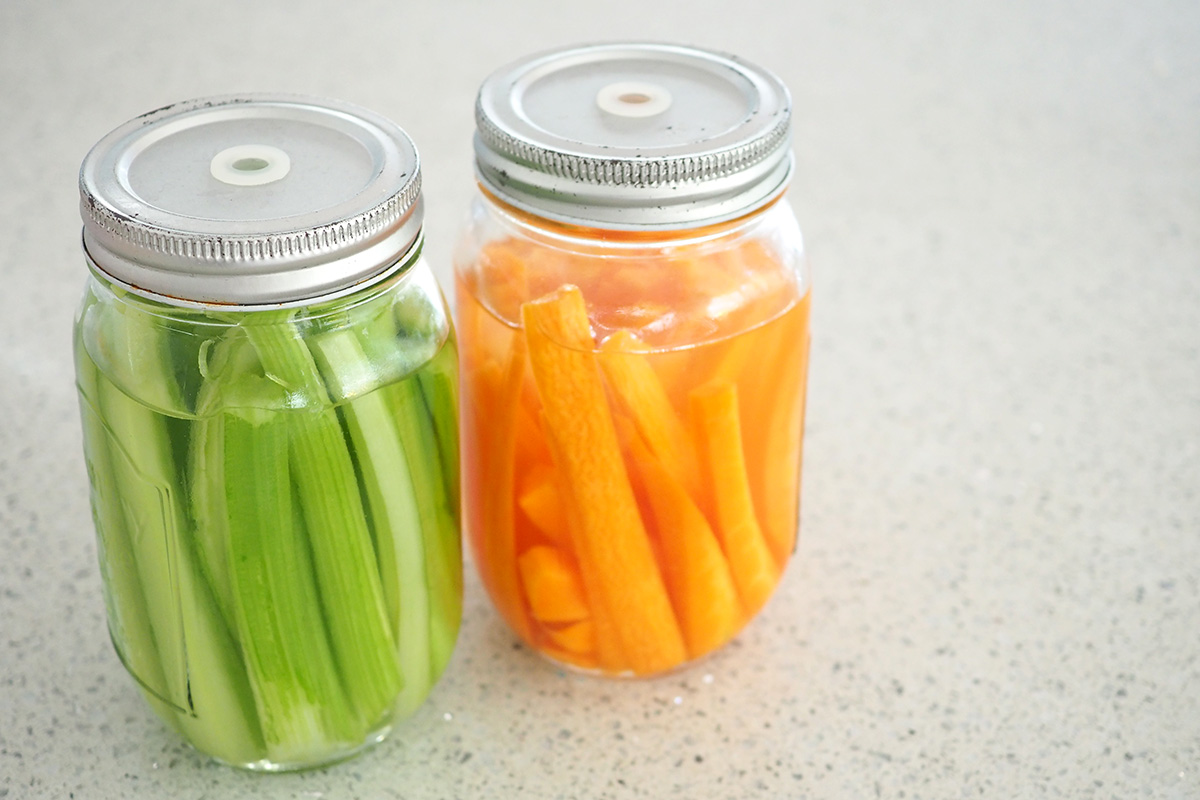

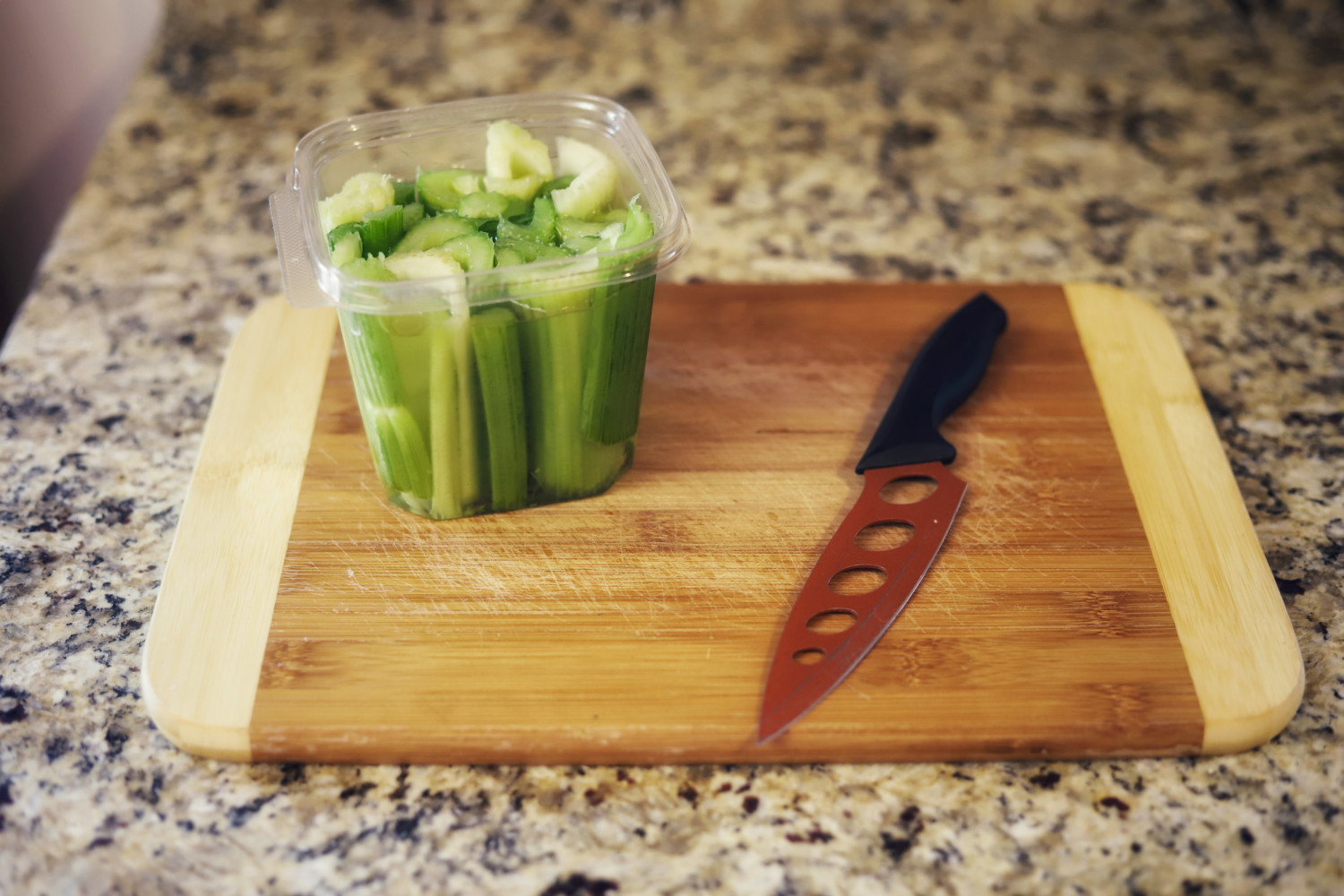

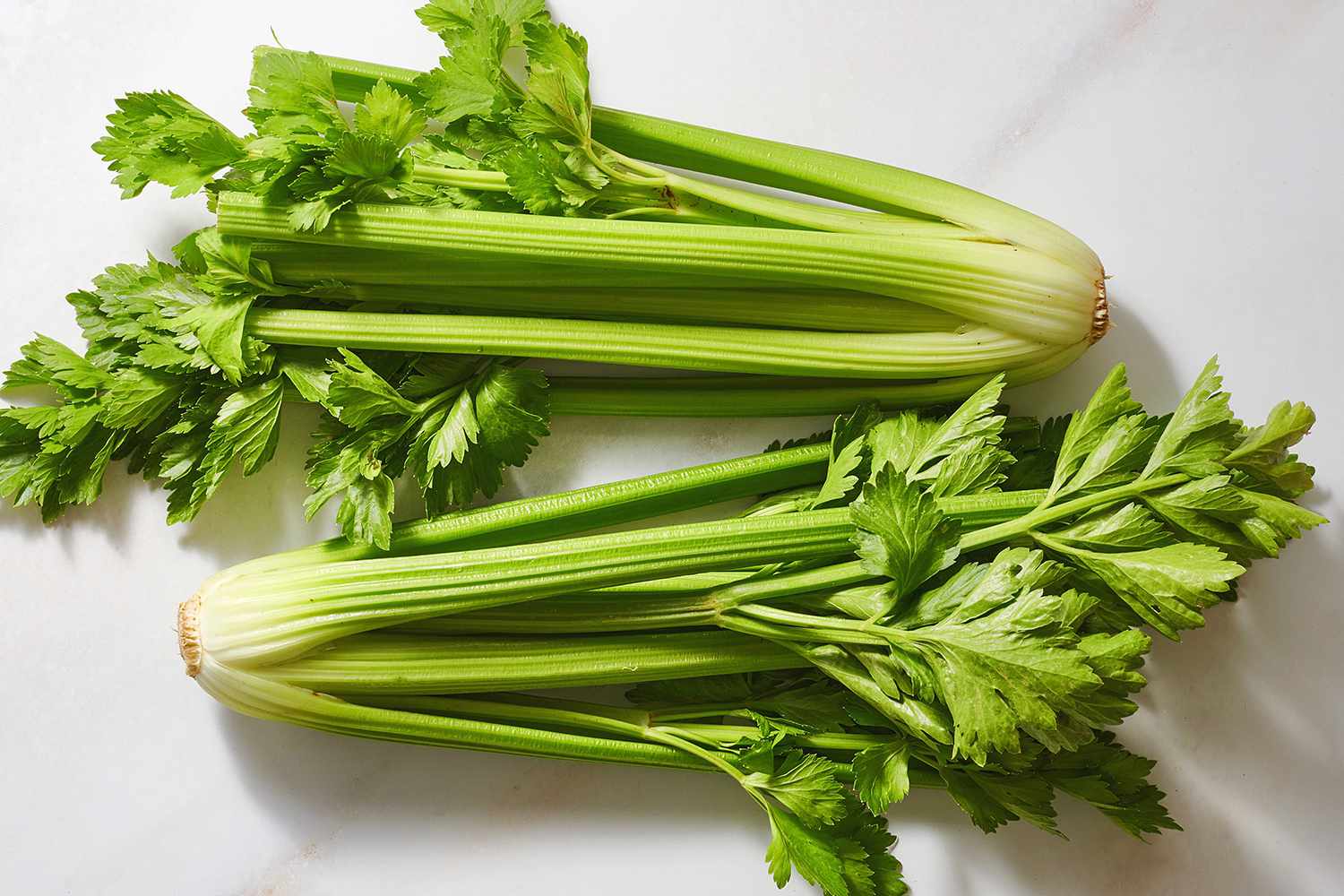
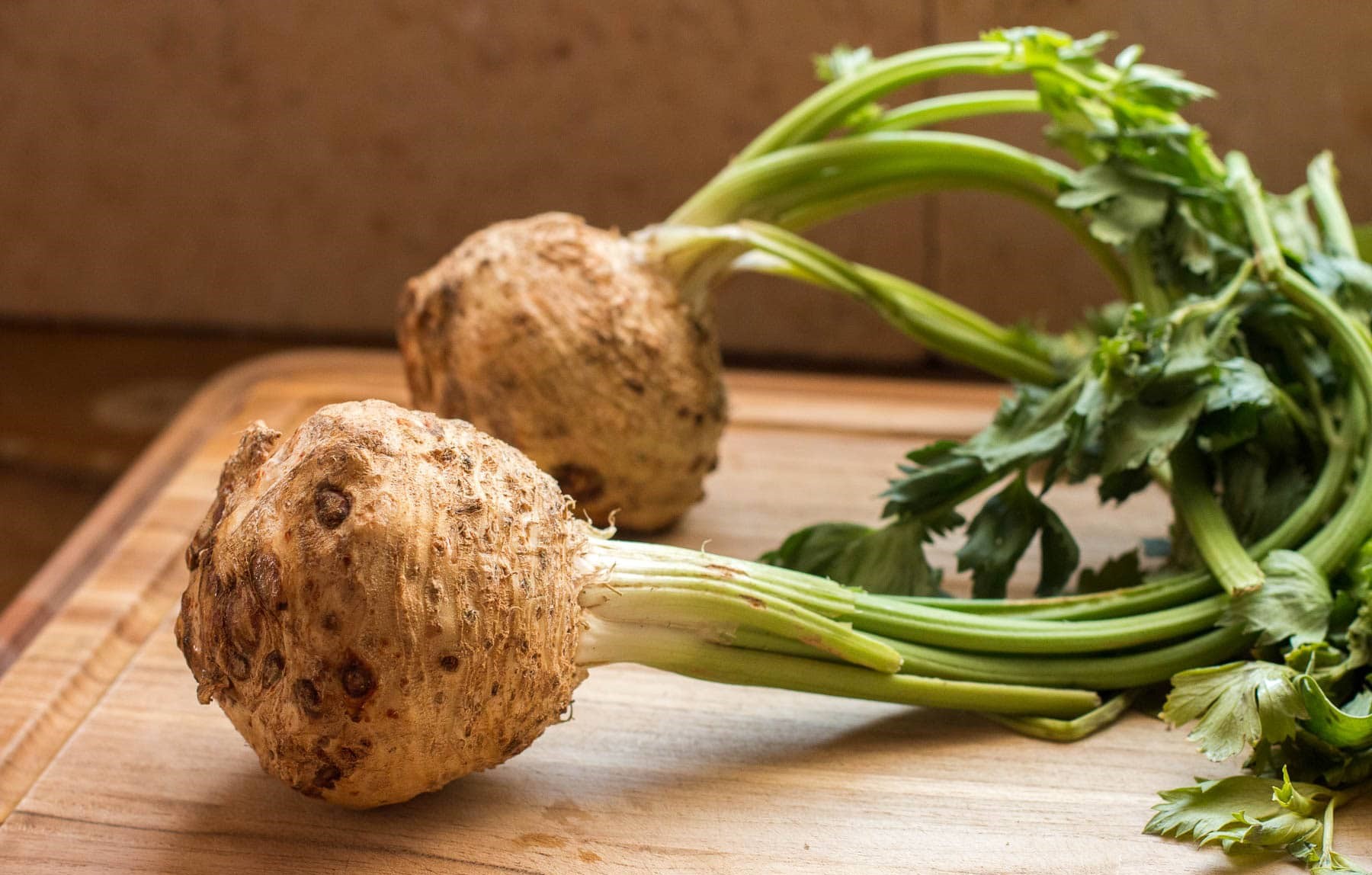
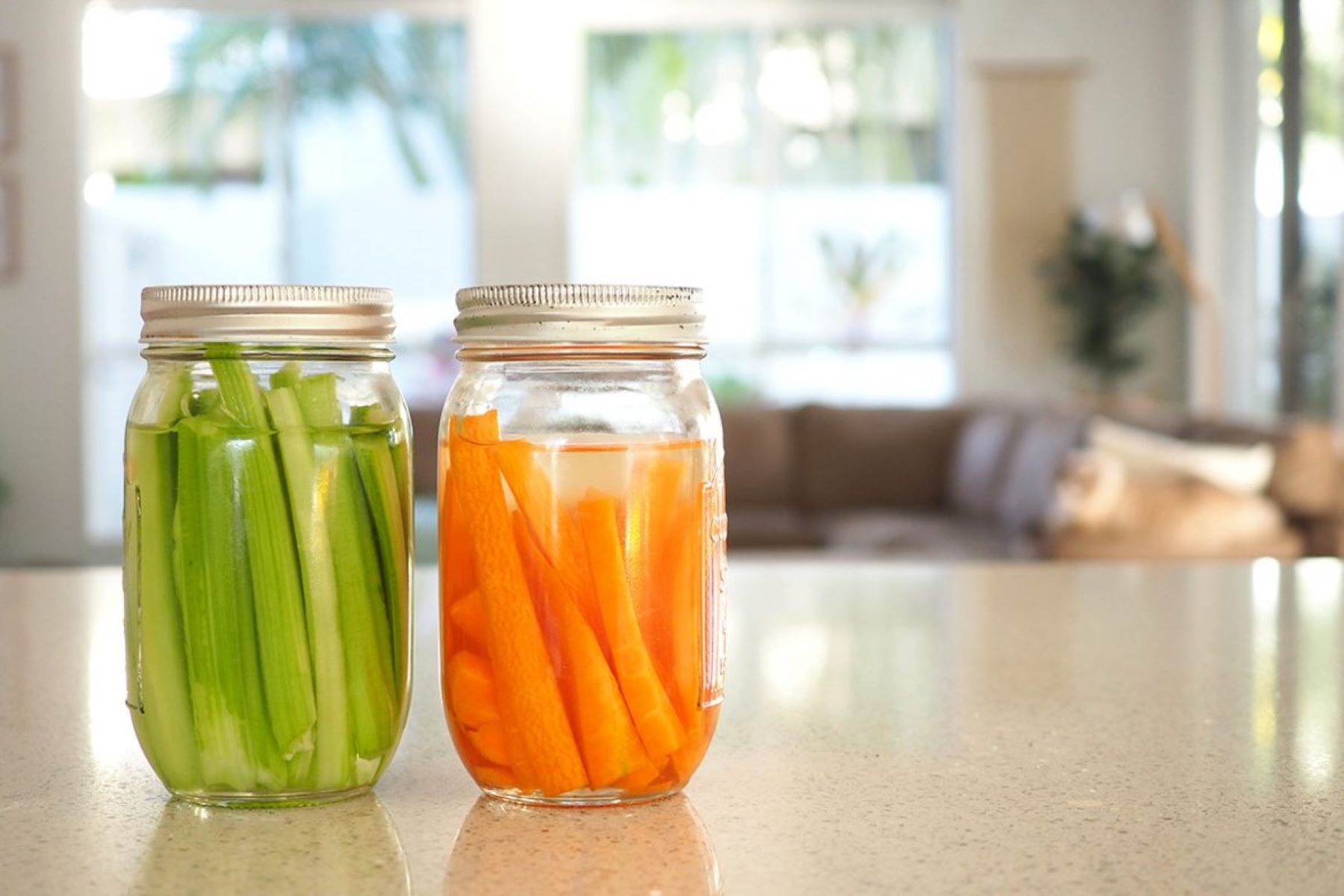
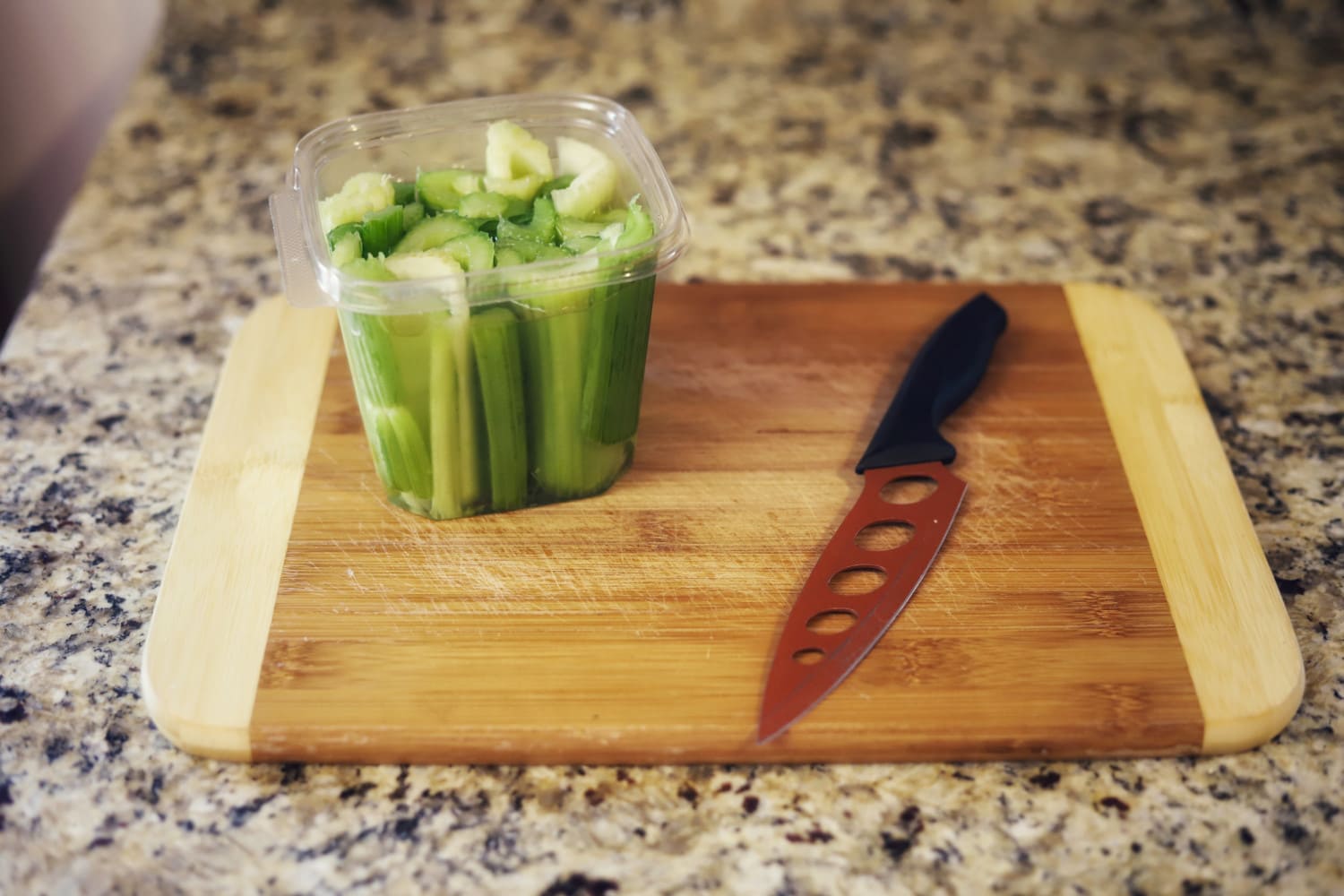
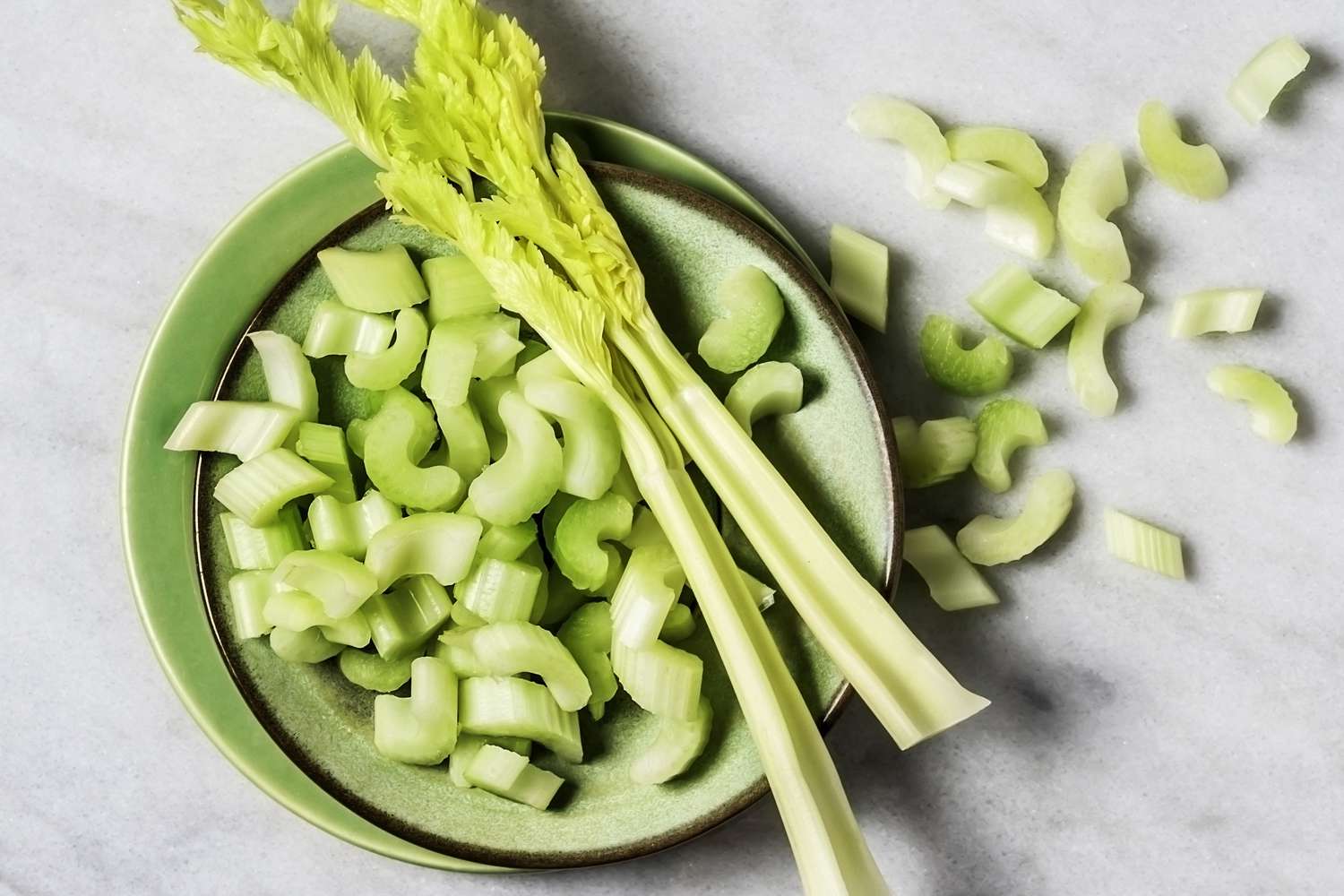
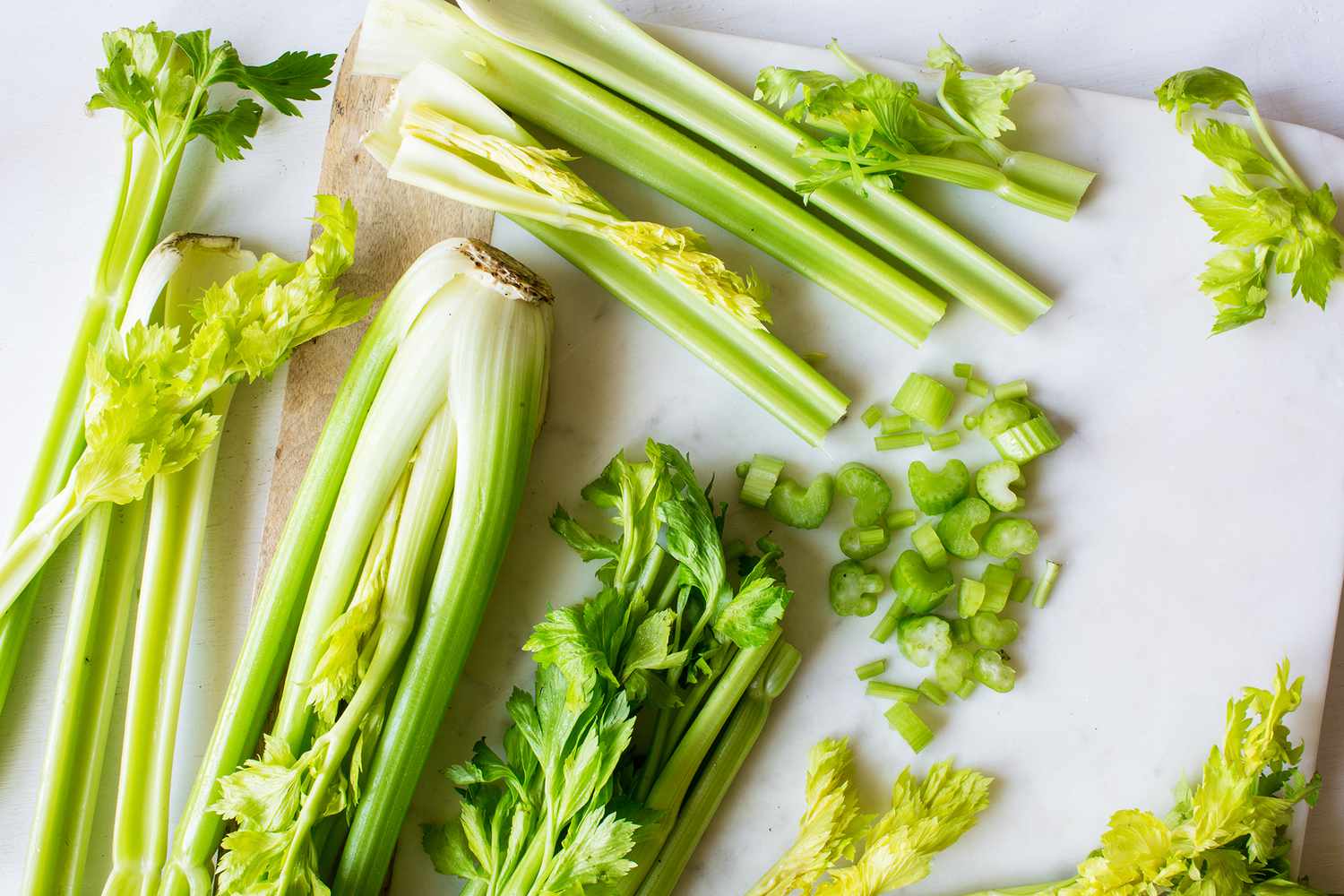
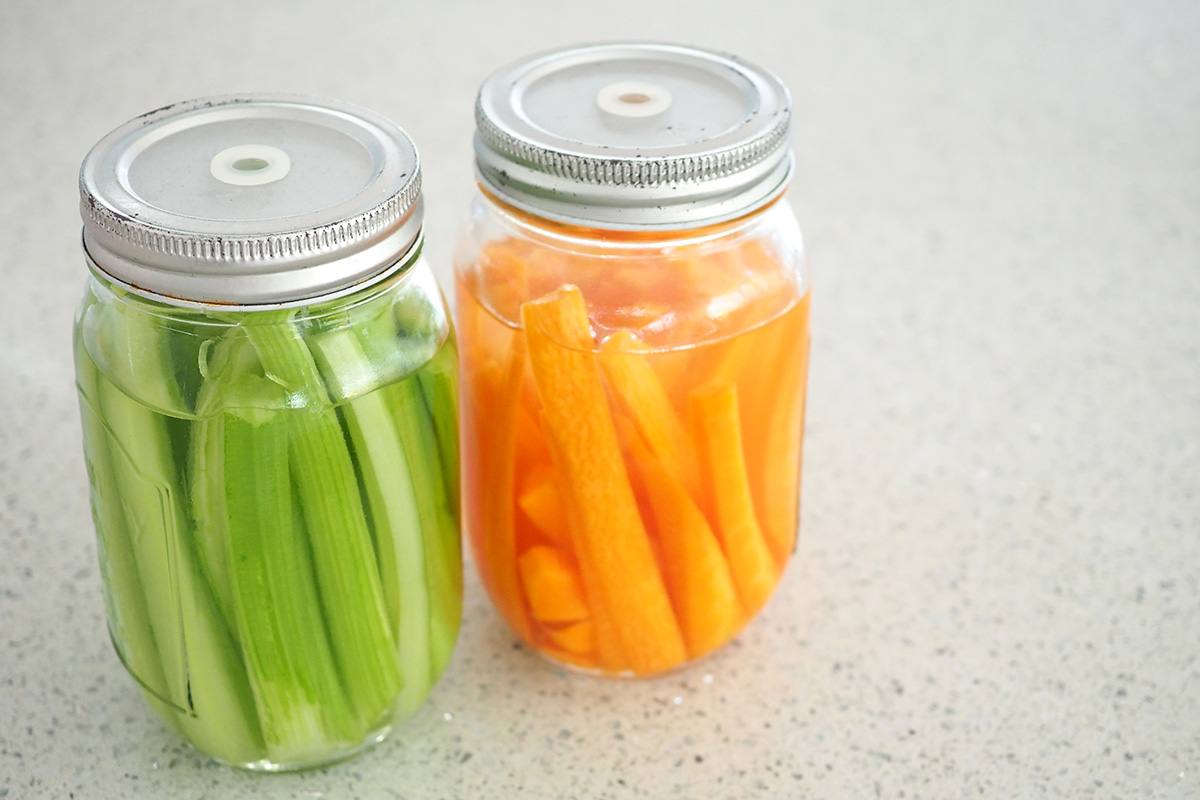
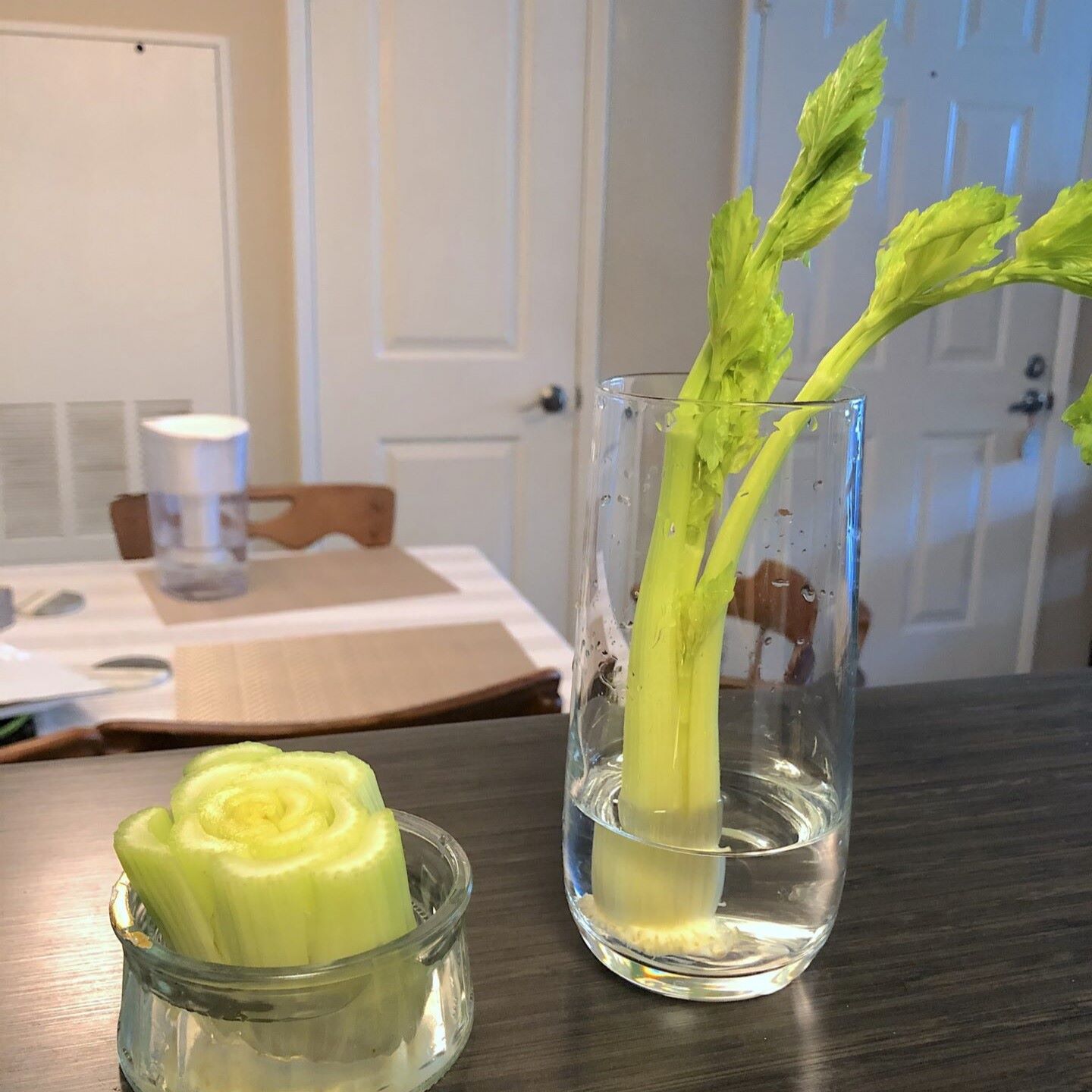
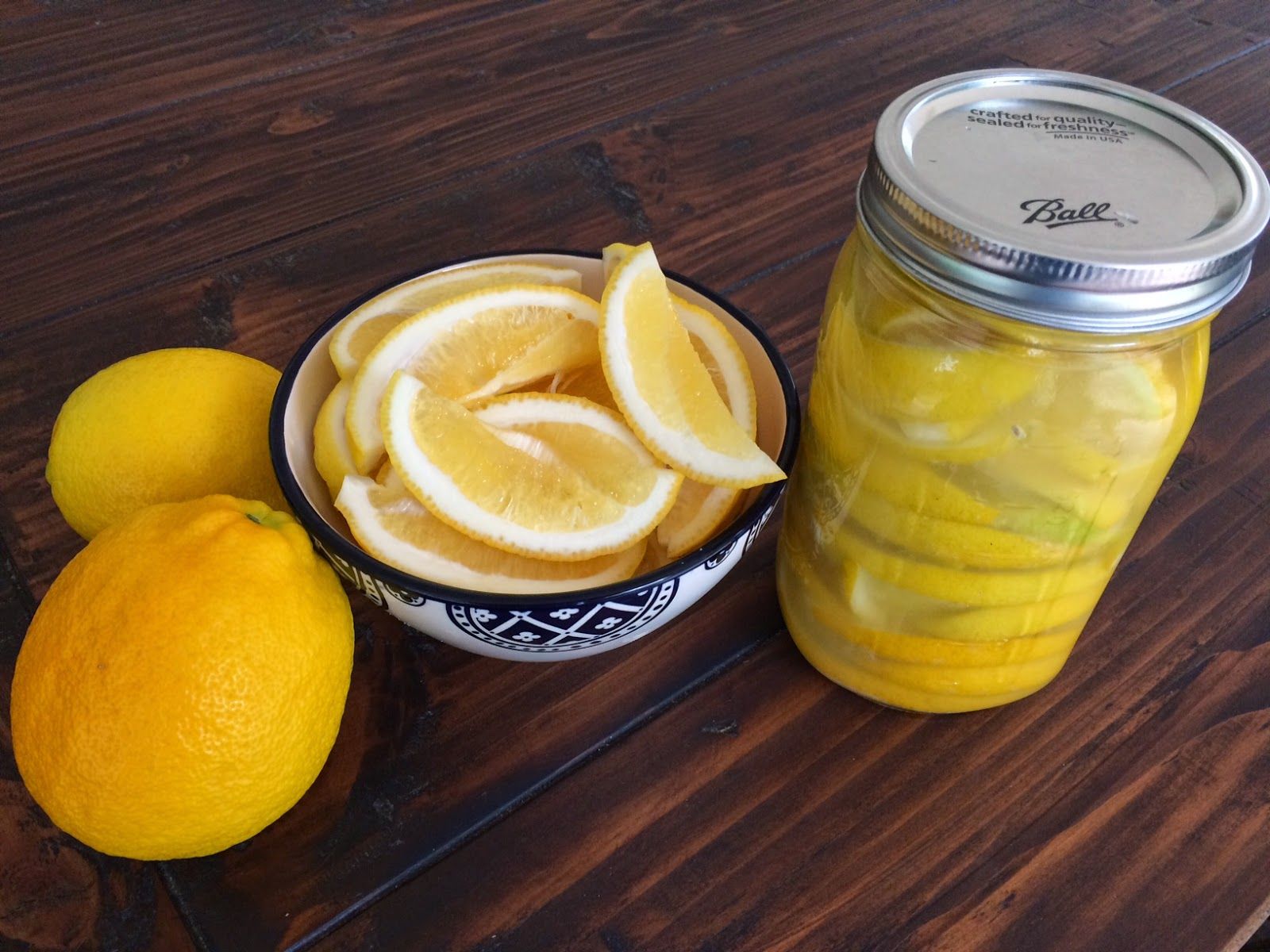

0 thoughts on “How To Store Celery Juice”